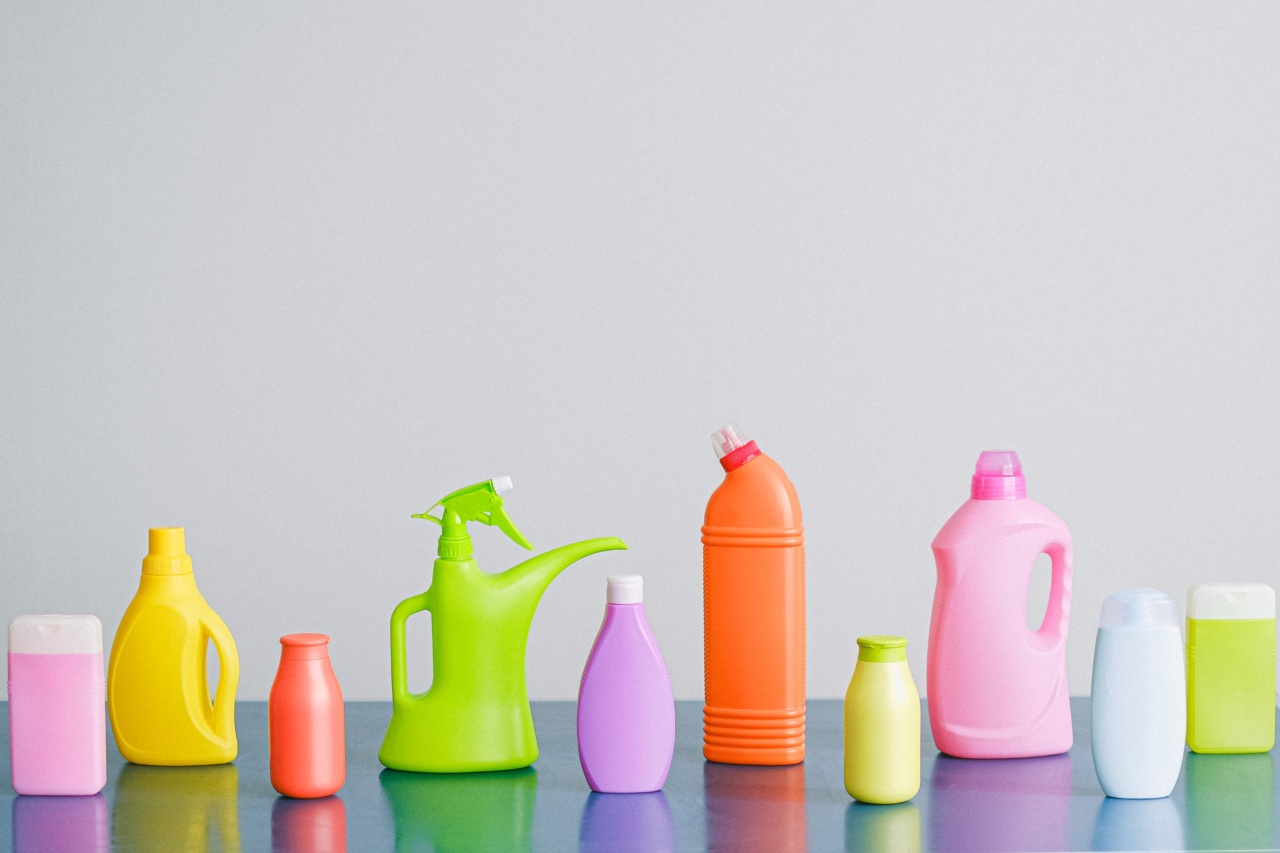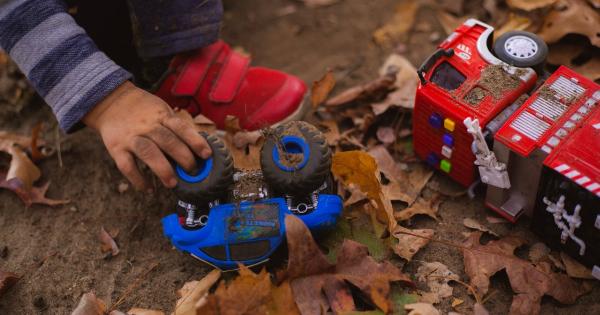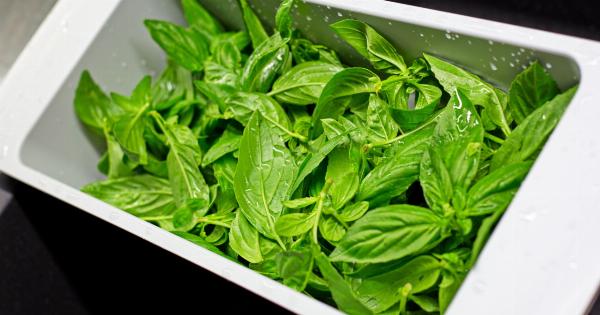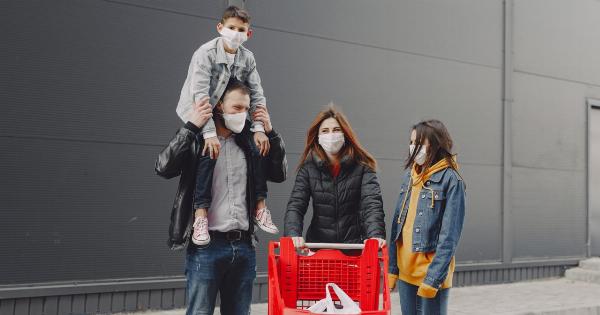Household chemicals are ubiquitous in our daily lives. From cleaning supplies to personal care products, most of us use various chemicals without giving much thought to their potential dangers.
However, it is crucial to be aware of the risks associated with these substances, as they can pose serious health hazards if handled or stored improperly.
Understanding the Hazards of Common Household Chemicals
1. Bleach.
Bleach is commonly used as a disinfectant and stain remover. While it can be effective, it is important to handle bleach with caution.
Inhalation of bleach fumes or contact with the skin can irritate the respiratory system, eyes, and skin, especially in concentrated forms.
2. Ammonia.
Ammonia is often found in glass and window cleaners. While it can effectively clean glass surfaces, it is a highly irritating and toxic substance.
Prolonged exposure to ammonia can lead to respiratory issues and cause burns when it comes into contact with the skin or eyes.
3. Air fresheners.
Many air fresheners contain volatile organic compounds (VOCs) that can contribute to indoor air pollution. Prolonged exposure to VOCs has been linked to respiratory problems, allergic reactions, and even neurological issues.
4. Pesticides.
Pesticides used for home gardening or pest control can be toxic to both humans and pets. These chemicals are designed to kill insects, rodents, or weeds and can cause serious health problems if ingested or absorbed through the skin.
Always follow the instructions carefully and consider natural alternatives when possible.
The Hidden Dangers: Effects on Human Health
1. Respiratory Issues.
Many household chemicals release volatile compounds, which can lead to respiratory problems such as breathing difficulties, asthma, or even chronic lung diseases with prolonged exposure.
2. Skin Irritation.
Direct contact with certain chemicals can cause skin irritation, redness, rashes, or even chemical burns. It is important to use gloves and protective clothing when handling potentially harmful substances.
3. Eye Damage.
Chemicals that come into contact with the eyes can cause severe damage, including temporary or permanent vision loss. Always wear protective goggles if there is a risk of splashing or spraying chemicals.
4. Allergic Reactions.
Some individuals may develop allergic reactions to certain household chemicals, leading to symptoms such as sneezing, coughing, itchy skin, or hives.
It is crucial to be aware of your body’s reaction to different products and seek medical advice if necessary.
Preventing Accidents and Protecting Your Family
1. Read Labels Carefully.
Always read and follow the instructions provided on the labels of household chemical products. Pay attention to recommended usage, storage, and disposal methods to minimize potential risks.
2. Proper Ventilation.
Use these chemicals in well-ventilated areas to reduce the concentration of fumes or vapors in the air. Open windows or turn on fans to ensure proper air circulation when using potentially harmful substances.
3. Store Chemicals Safely.
Keep household chemicals out of reach of children and pets. Store them in locked cabinets or high shelves to prevent accidental ingestion or exposure.
4. Use Natural Alternatives.
Consider using natural alternatives for cleaning or pest control, such as vinegar, baking soda, or herbal repellents. These options are often safer for both your health and the environment.
Conclusion
Being aware of the potential dangers posed by household chemicals is crucial for protecting yourself and your family. Understand the hazards associated with common substances and take appropriate precautions when handling or using them.
By following safety guidelines, reading labels, and considering natural alternatives, you can minimize the risks and create a safer home environment for everyone.





























